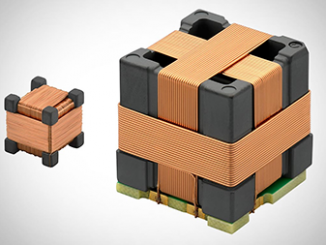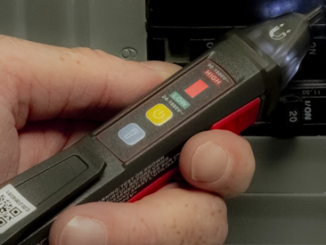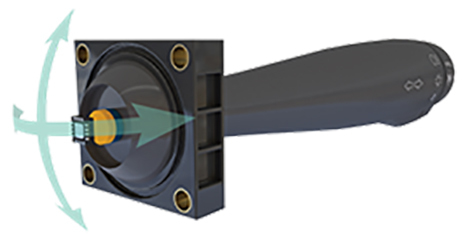
November is Magnetic Sensing Month at Magnetics Magazine!
Stay tuned and check the website frequently for new updates on the latest technology for magnetic sensing.
Using its Triaxis magnetic sensing technology, Melexis has developed a new monolithic sensor for automotive and industrial applications that uses the Hall effect to provide contactless sensing in three dimensions.
“This represents a new way of sensing position for the automotive and industrial markets, one that can redefine the way a wide number of applications are designed in HMI, top column, center stack and body control,” commented Nick Czarnecki, global marketing manager for position sensors at Melexis. “Its strengths lie in its high sensitivity and versatility, coupled with its low power and small size. Manufacturers now have access to the very best 3D magnetic node sensing solution qualified to an automotive-grade.”
The new MLX90395 Triaxis Magnetometer Node provides redundancy for demanding scenarios, such as gear lever position sensing in automotive applications. Its functionality is defined through the system processor rather than hardwired into the device itself and has virtually unlimited scope for position sensing, says the company.
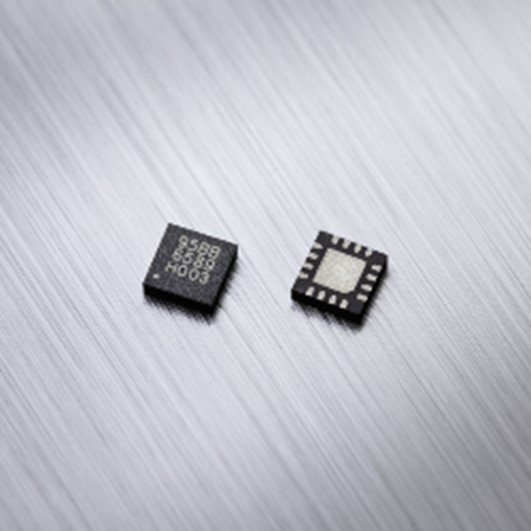
The selectable digital output provides 16-bit resolution for X, Y and Z magnetic field measurements, enabling the host processor, digital signal processor, microcontroller or digital signal controller to decode the absolute position of any magnet as it passes the sensor. Engineers can select which magnetic field is measured and the frequency of measurement. The node also integrates a temperature sensor and supply voltage monitor. Due largely to the Triaxis technology, it is smaller and more power-efficient than alternative Hall effect sensors, says the company.

Triaxis system is a magnetic sensor technology from Melexis that is capable of very precise three axis magnetic field measurements from a single sensor. Virtually endless linear, angular and 3D applications can be developed with it.
Traditional Hall sensors are only sensitive to the magnetic flux density perpendicular to the surface of the Hall element and consequently of the IC and package, explains Melexis. These single-axis devices, despite enabling some applications, often require complex magnetic structures and face accuracy challenges especially over a wide temperature range due to the thermal drift of the measured magnet.

Triaxis sensors, however, enable measurement of the three magnetic flux components in a single integrated circuit. This is done by utilizing a unique Integrated Magnetic Concentrator (IMC). Using the three magnetic components, it is possible to create 2D or 3D sensors that determine rotary (angle), linear (stroke), or even joystick type motion as well as 3D-magnetometers that can output the individual magnetic BX, BY and BZ components.
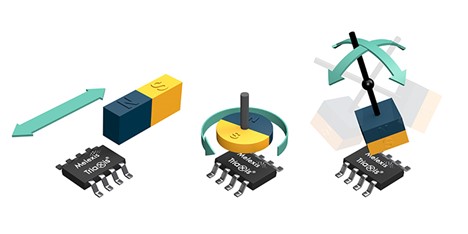
Triaxis sensors can support a wide variety of sensing applications by adjusting the on-chip magnetic angle computation. Since the angular computation is a relative measurement between two or three magnetic flux components, the measurement is robust to temperature variations but also magnetic and mechanical tolerances such as airgap and eccentricity.
Their high sensitivity and flexibility allow a wide range of magnet shapes such disc, rod and square as well as chemistry such as ferrite, NeFeB, SmCo and AlNiCo to be used while still reaching a high accuracy.
The sensors are intrinsically insensitive to dirt, dust, oil, gas and other contaminants because the magnetic field is being sensed in a non-contacting manner. The IC itself can be overmolded in plastic or potted to protect the IC from these contaminants and ensure long life even when exposed to harsh media. For more info, see www.melexis.com.


